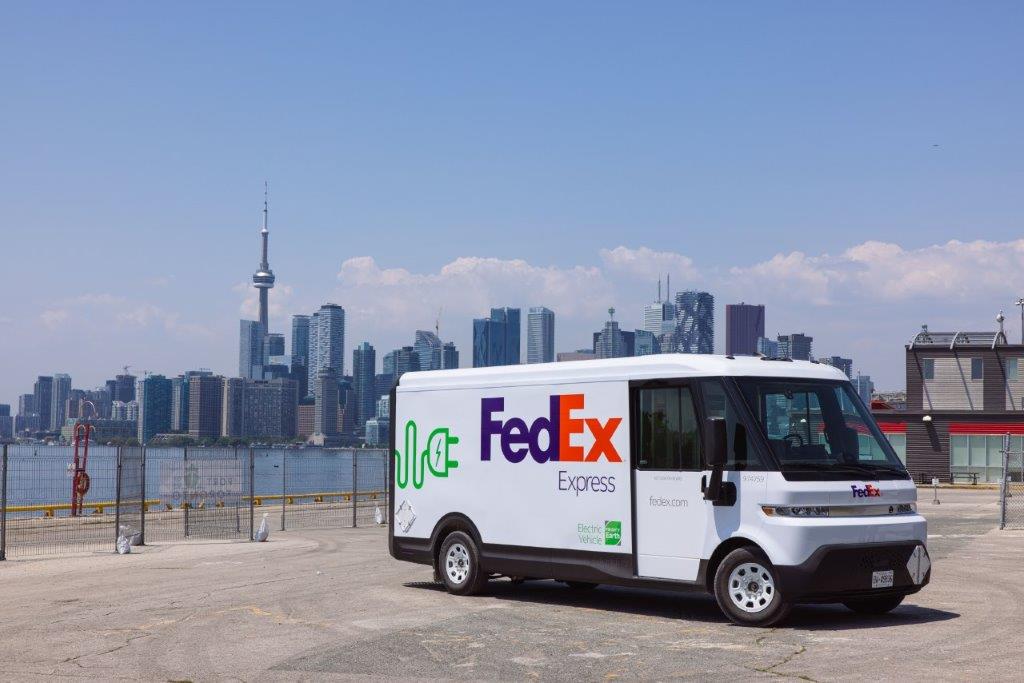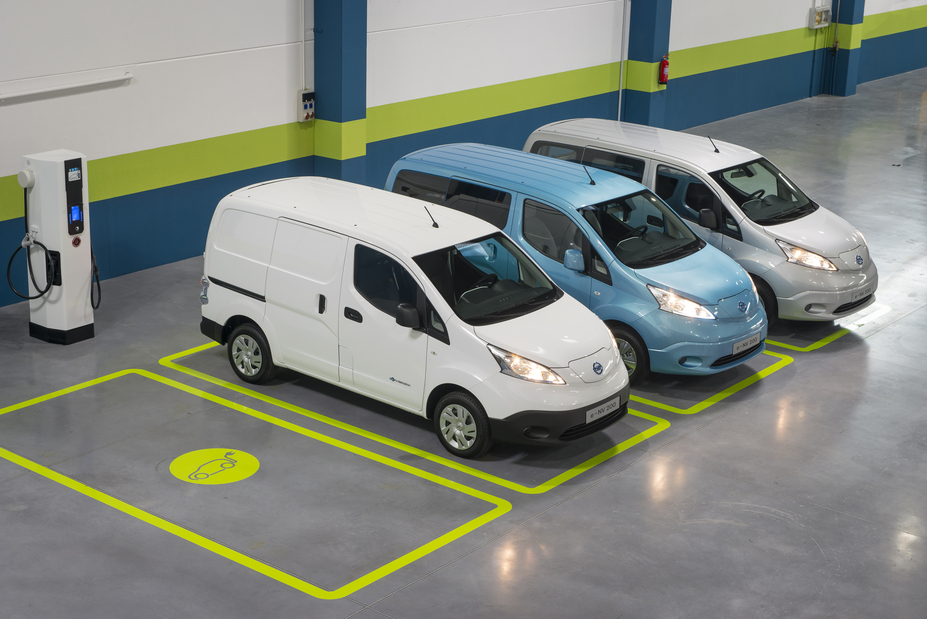Monitoring, evaluation, and continuous improvement are the cornerstones of the electrification journey, writes Jim Zeitunian
A new sustainably-driven landscape is unfolding across the mobility sector, as a result of heightened pressures to reduce carbon emissions and environmental impact from government and policy-makers, business leaders and consumers alike. The widespread shift from fossil fuels to battery power, which seemed like a far-flung reality across the transportation industry for the last decade, is being put into action—and with that, is the push to electrify all commercial vehicles and fleets.
Come many, come all
Earlier in 2023, President Biden set a target to make half of all new vehicles sold in 2030 zero-emission and introduced a US$7.5bn plan to build a network of 500,000 chargers to accommodate them. Today, there are more than three million EVs on US roads and over 135,000 public EV chargers across the country.
Most recently, the US Department of Transportation announced it is awarding US$1.7bn to buy electric and low-emission buses, which will greatly impact the push for more commercial sustainable transportation. Additionally, in states like California, all new cars, trucks, and SUVs will eventually be required to run on electricity or hydrogen. While the electrification of commercial midweight and heavyweight vehicles is clearly gaining momentum and provides countless environmental benefits, developing and deploying these fleets is not without challenges.
Bumps in the road
Trucking companies, field services, utilities, food delivery fleets, or any business that operates Class 1-8 vehicles will need to make the switch to EVs in the years ahead to meet new and evolving legislation demands. However, from deploying the necessary infrastructure to battery range anxiety and data management, there are still obstacles in the way of making commercial fleets a reality.
For leasing companies, there is no mass production of EV trucks. Despite the hype, all the trucks in the news are built in small, custom runs at enormous prices. Certain companies will be looking primarily for Class 3-6 EV trucks, and will need design units that work with their specific EV manufactures as well.
Additionally, while cities across the US are focused on rolling out EV charging stations, the lion’s share of the work is still left to be done. Hundreds of thousands of fast chargers will be needed in California alone to support the expansion of electric medium- and heavy-duty vehicle fleets. To further compound infrastructure concerns, there are additional headwinds, mainly the convergence of an aging electric grid, severe weather conditions, and the needed strategic placement of charging stations based on where the grid can actually accommodate them.
Charging the way forward
Sounds bleak, but it’s not all doom and gloom. The public and private sector commitments being made are helping accelerate the transition to EVs. State and local governments are leveraging federal funds to expand the electrification of their vehicle fleets, and companies across the US are already taking advantage and electrifying their fleets.
For example, FedEx is adopting EVs for its last-mile logistics operations. Last year, the company took delivery of 150 of BrightDrop’s Zevo 600 model vehicles as it kick-started its wider plans to adopt 2,500 EVs. Additionally, Amazon announced it has introduced over 3,000 electric delivery vehicles as part of its commitment to bring 100,000 EVs to the road by 2030.
Companies that are looking to make strides on their own fleet electrification journey should look to invest in technology solutions that help them uncover key information about their fleet usage and energy consumption. This data can help managers develop a plan and then first focus on electrifying vehicles that are most cost-effective to replace. Those first few vehicles are key to the learning and education process for the fleet manager, service technicians, drivers, and others involved.

Additionally, a sustainable fleet roadmap entails the creation of an all-encompassing plan that outlines the necessary steps to achieve ESG goals. This includes identifying sustainable technologies and alternative fuels, evaluating the financial implications and ROI, planning for infrastructure and charging solutions, and implementing engaging employee training programmes. Collaboration among stakeholders is paramount to ensure that the roadmap aligns seamlessly with business goals.
From there, monitoring, evaluation, and continuous improvement are the cornerstones of the electrification journey. Regular monitoring and evaluation will allow companies to measure progress. By collecting data, tracking performance, and generating reports, companies can uncover areas for improvement and make informed, data-driven decisions.
Looking ahead
It’s clear that the EV transition is well underway—governmental and tax incentives have encouraged this trend of fleet electrification in the very near future. Companies now need to roll up their sleeves and make things happen. This may involve introducing EVs or hybrid technologies, optimising routing and scheduling for maximum efficiency, promoting driver training and behaviour change, and harnessing the power of telematics and data analytics for performance monitoring.
Companies that understand and invest in technology to support their fleet electrification are better equipped to prepare for the future and to make the greatest impact. But most importantly, these trends set a course for a cleaner, more sustainable world which will benefit everyone.
About the author: Jim Zeitunian is Chief Technolgy Officer of Powerfleet

